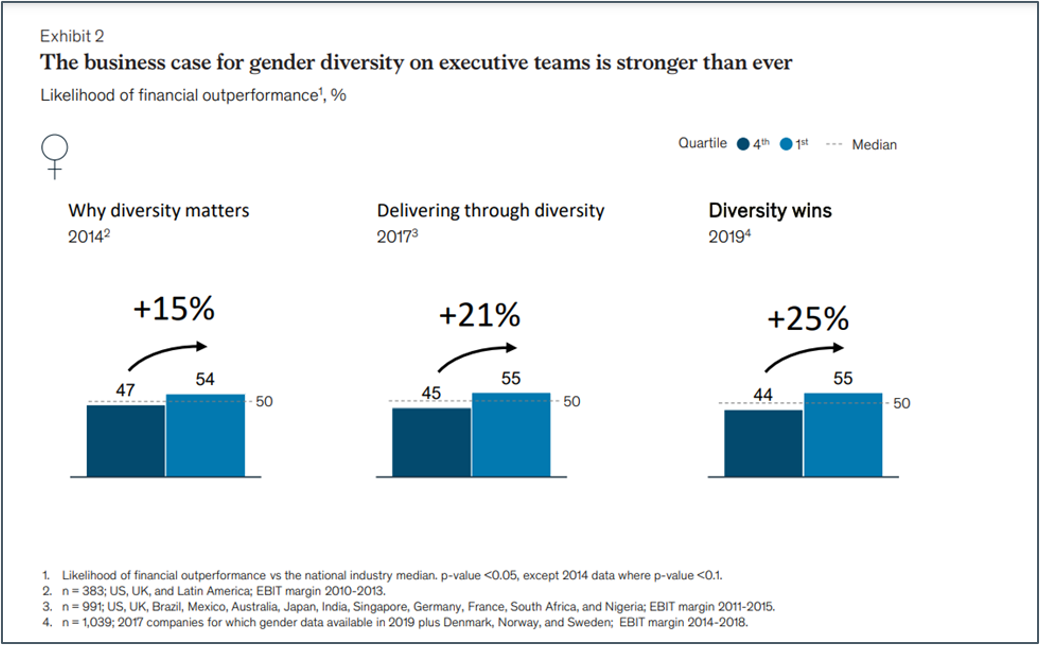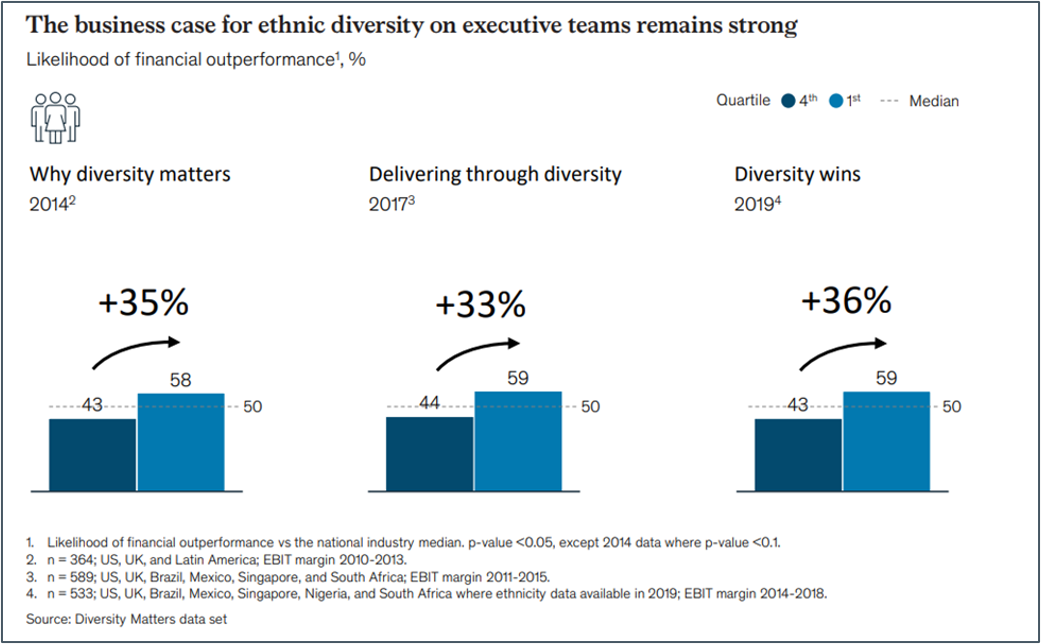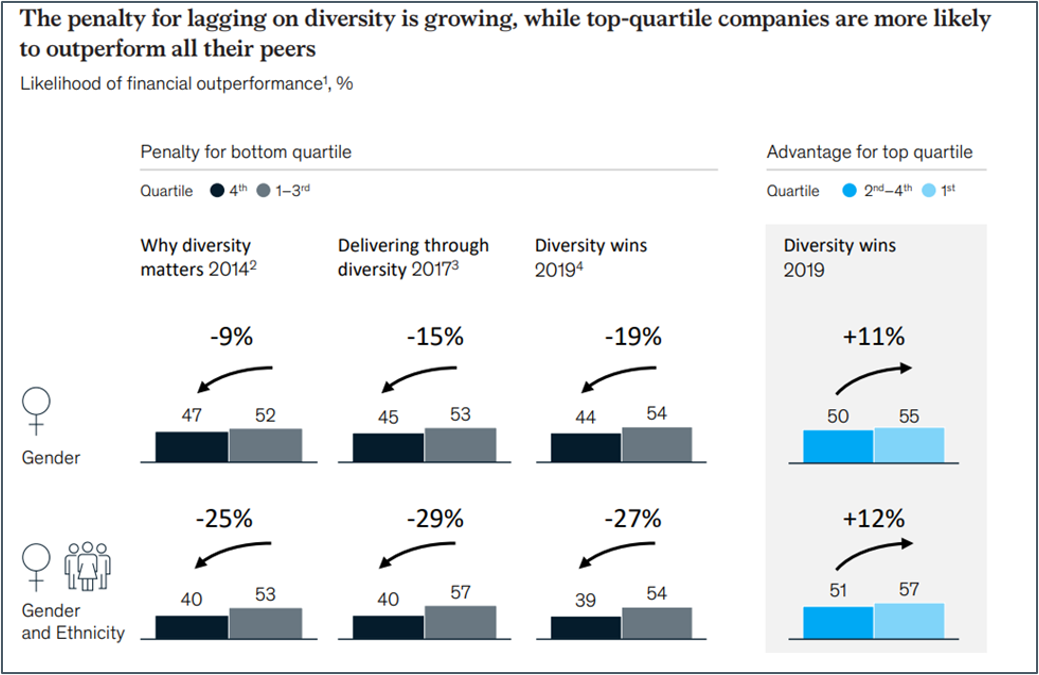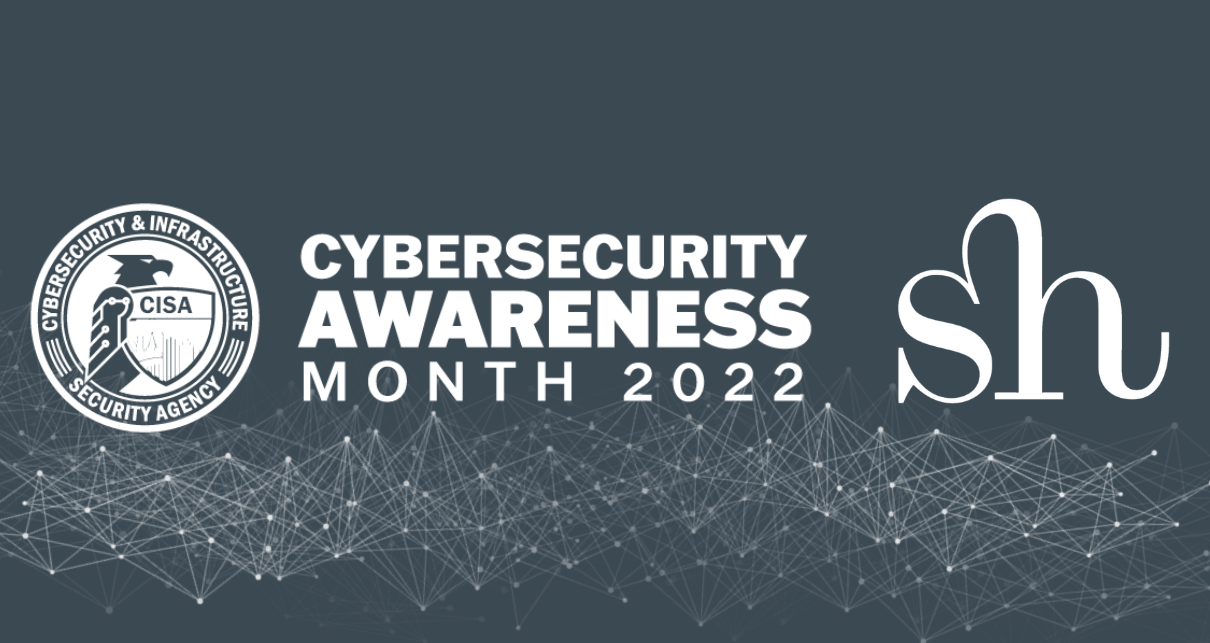

Diversity and Inclusion (D&I) in the workplace has been a topic of discussion for years, and, as it continues to evolve, it still makes headlines that resonate with employers and professionals alike across the globe.
D&I has moved on from discussions only about gender to far more nuanced conversations across different minority groups and life stages.
We’ve seen organizations release D&I
policies and statements, share
supporting social media posts on
holidays like ‘Martin Luther King Day’ or
awareness days like ‘International
Women’s Day,’ and tell us recruiters
that they want to hire more diverse
talent.
Organizations of all shapes and sizes say D&I is a priority for them, but how much of what
they do is just paying lip service, rather than taking positive action and embedding real,
lasting change?
At Stanton House, we believe that Diversity and Inclusion is critical to every aspect of any business that is about people. Now, more than ever, these challenging times call for business leaders to maintain focus on engaging and retaining their workforce.
On a positive note, leaders increasingly understand that diverse teams who feel valued and included deliver higher rates of innovation, productivity, and profits. McKinsey released a report in 2018 that showed ethnically diverse companies perform 33% better than average. It also showed that those in the top quartile for executive-level gender diversity were 21% more likely to exceed goals.
Sadly, the world of cybersecurity remains male-dominated with a lack of ethnic minority representation, particularly in the upper echelons of senior leadership. According to McKinsey’s 2020 ‘Diversity Wins’ report, out of all senior executive positions in the US, African Americans hold 4%, Hispanics & Latinos hold 4%, and Asian Americans hold 5%.



Why employers must embrace the power of difference
A 2020 report by McKinsey, ‘Diversity Still Matters’ sets out key opportunities for employers in relation to D&I, which I believe still stand today:
1. Enhanced problem-solving skills are needed as business strategy is re-evaluated due to the constantly changing external environment. Diverse ways of thinking, particularly among decision-makers, helps mitigate group-think and unearths missed opportunities.
2. Diverse teams generate a competitive edge as they are stronger at anticipating shifts in consumer needs and consumption patterns, thereby contributing to product and service innovation.
3. Organizations can ensure that they hold onto their top talent by monitoring the demographic profile of their changing workforce and ensuring that diverse talent isn’t lost.
4. Companies that maintain or even increase their focus on D&I during a downturn are more likely to avoid the risk of being penalized in the aftermath
This article is taken from our 2022 Cybersecurity startup salary guide. If you would like to learn more and download a full copy of the guide, then please click here.




.png)